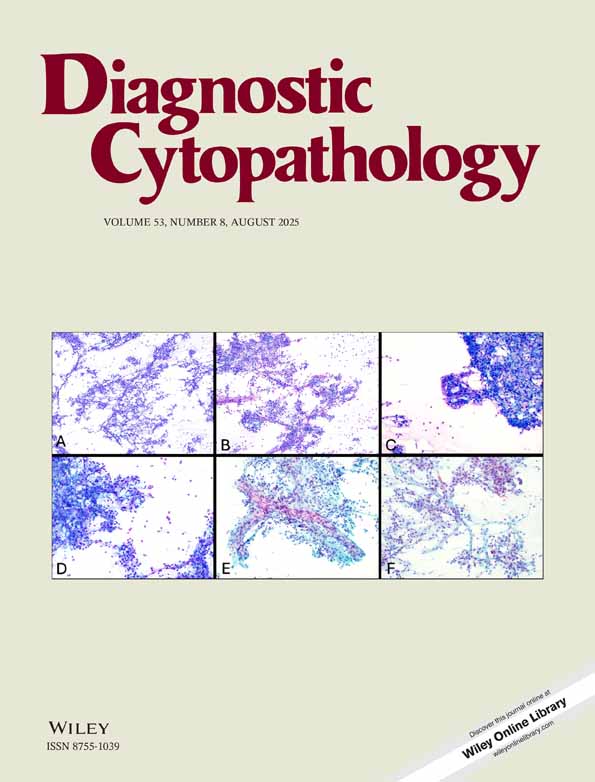Radioactive Iodine-Associated Cytomorphologic Alterations in Thyroid Follicular Epithelium: Is Recognition Possible in Fine-Needle Aspiration Specimens?
Abstract
Editor's Note: There is a dilemma in the distinction between radiation effect and neoplasm in patients with thyroid nodules who have been previously treated with 131I for Graves' disease. The difficulty is to identify the radiation changes and distinguish them from primary thyroid neoplasms. This paper addresses the time response of radiation therapy in the thyroid, as well as distinguishing features between radiation effect and primary carcinomas.
Thyrotoxicosis is a condition resulting from presentation to the body's tissues of excessive quantities of thyroid hormones. Graves' disease is the most common cause of thyroid hyperfunction in the United States; this condition can be managed effectively by long-term antithyroid drugs, radioactive iodine (131I) therapy, or surgical intervention. The majority of American physicians prescribe 131I, the most cost-effective therapy, for their patients with thyrotoxicosis. These patients who are closely followed for their existing thyroid pathology may be referred for fine needle aspiration of nodules. This review focuses on 131I-associated cytologic changes in thyroid follicular epithelium in patients previously treated for underlying hyperthyroidism. Diagn. Cytopathol. 1999;21:207–210. © 1999 Wiley-Liss, Inc.




